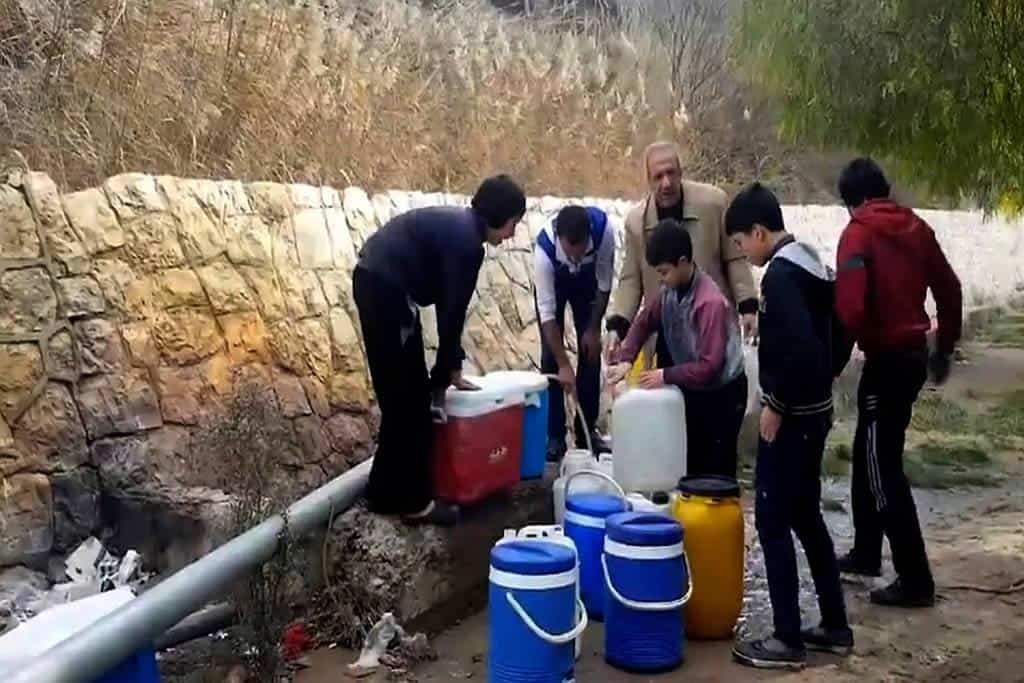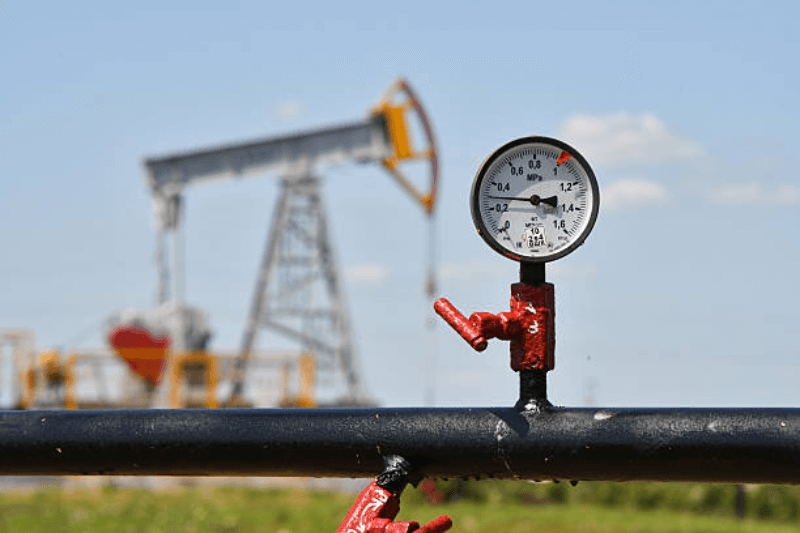
Water is now a major parameter to access conflict in Middle East
Last updated on February 27th, 2023 at 06:56 am
While corona virus pandemic has put people worldwide into a lockdown, water shortage is making a lot of people in Middle East frustrated and angry. Funded by the Dutch government, the Water, Peace and Security Partnership showcased a predictable map that was displayed at the United Nations Security Council meeting recently.
This is for the first time that environmental conditions are being used as indicators to predict where civilian conflict can erupt. This is a good indicator for conflict not just for Middle East but for the rest of the world, where water scarcity can be a serious problem in the making.
While the application has been made to help local policymakers and governments to pre-empt conflict and take corrective action, the application can be used by individuals as well.
Researchers feel that the ongoing Syrian refugee crisis has been exasperated due to the initial water crises that hit the country. Troubled with drought in 2006, many shifted to the cities looking for alternate livelihood, putting severe pressure on the infrastructures and further pressurizing the rehabilitation of the population that was devastated by civil war.
It is estimated that the 1.5 million people who were forced into cities created social unrest.
After coronavirus will we not be the same anymore? The prophecy of Jack London
As for the Middle East, it’s warming faster than much of the rest of the world, and the droughts there will threaten an already fragile peace in Iraq and Iran in the next year, the new tool predicts. The Tigris and Euphrates rivers, which once nurtured the “cradle of civilization,” are dumping grounds for Iraqi sewage, and they are drying up.
This is just the tip of the iceberg. The application works well on the desktop too. Start by using satellite image data where scientists have already measured how much moisture is transpiring from crops, which gives them a sense for how healthy they are.
If the crops aren’t doing well, the risk factor for conflict goes up. They combine that data with more traditional methods of predicting conflict, like political instability, to paint a fuller picture of how likely a fight is to break out.




